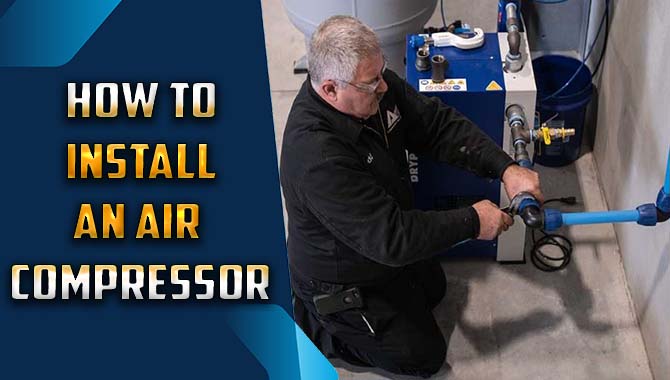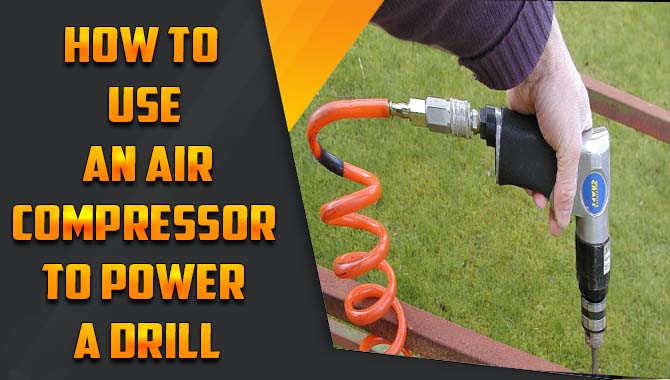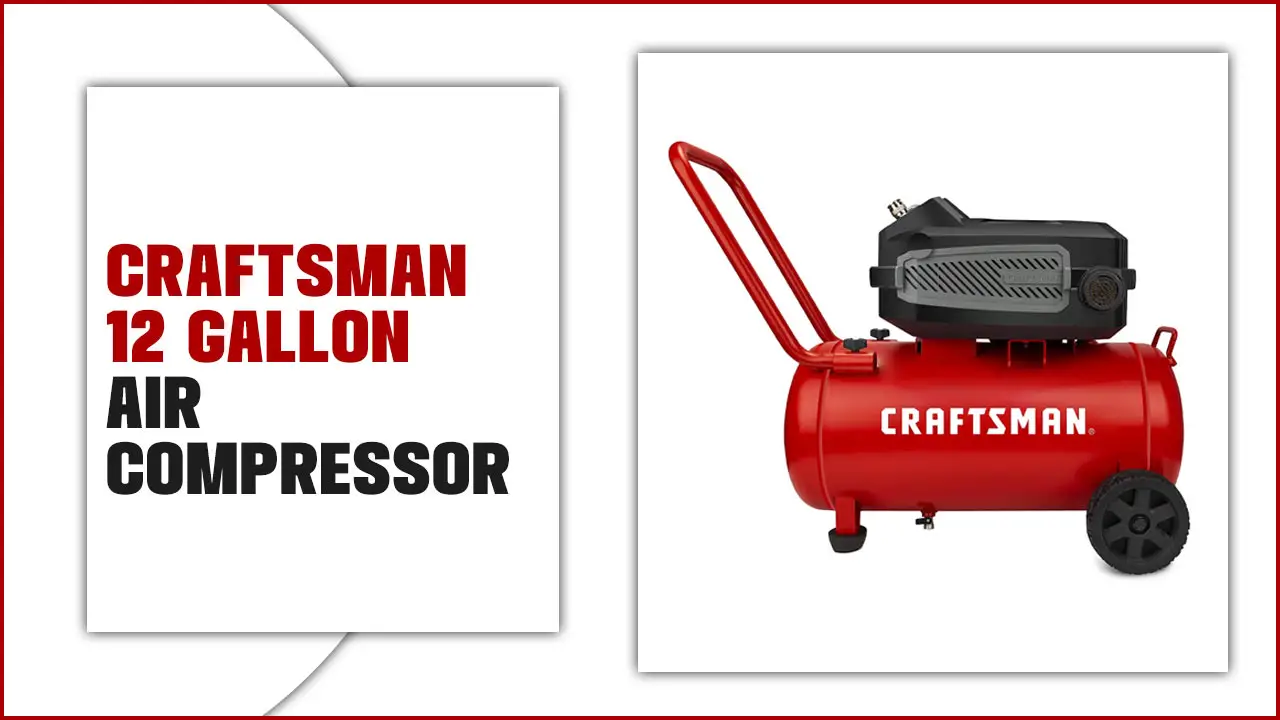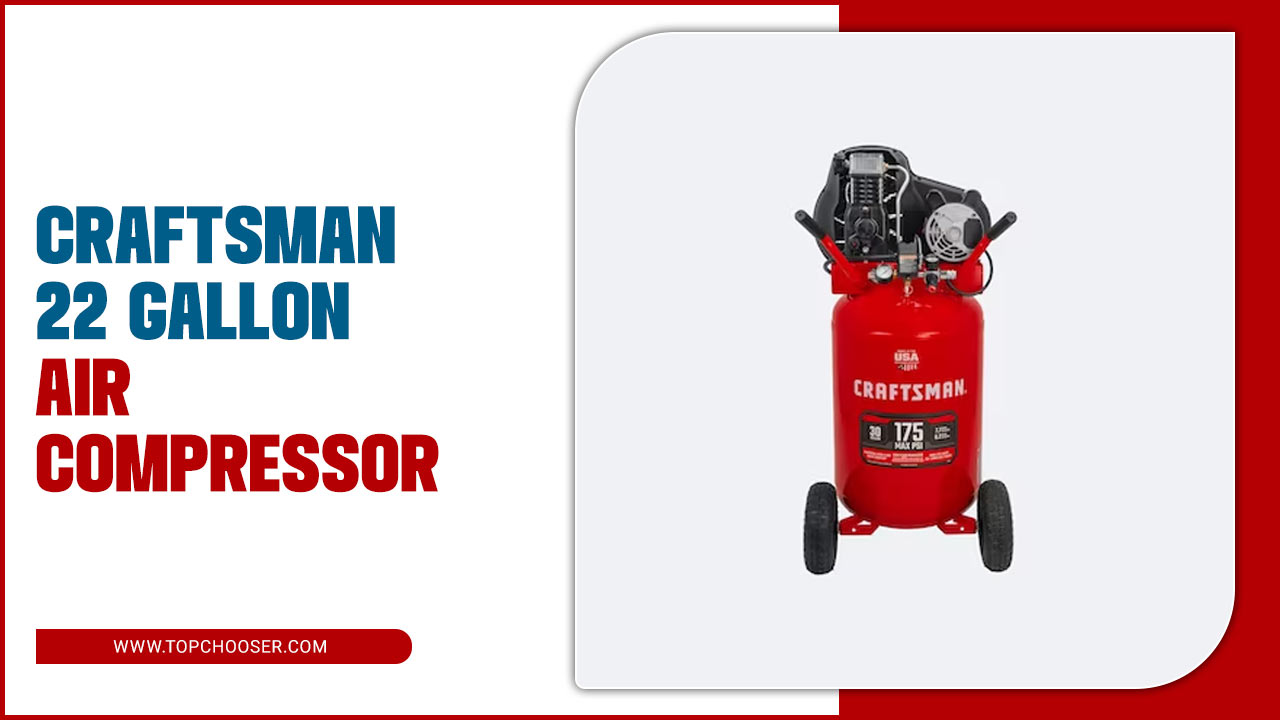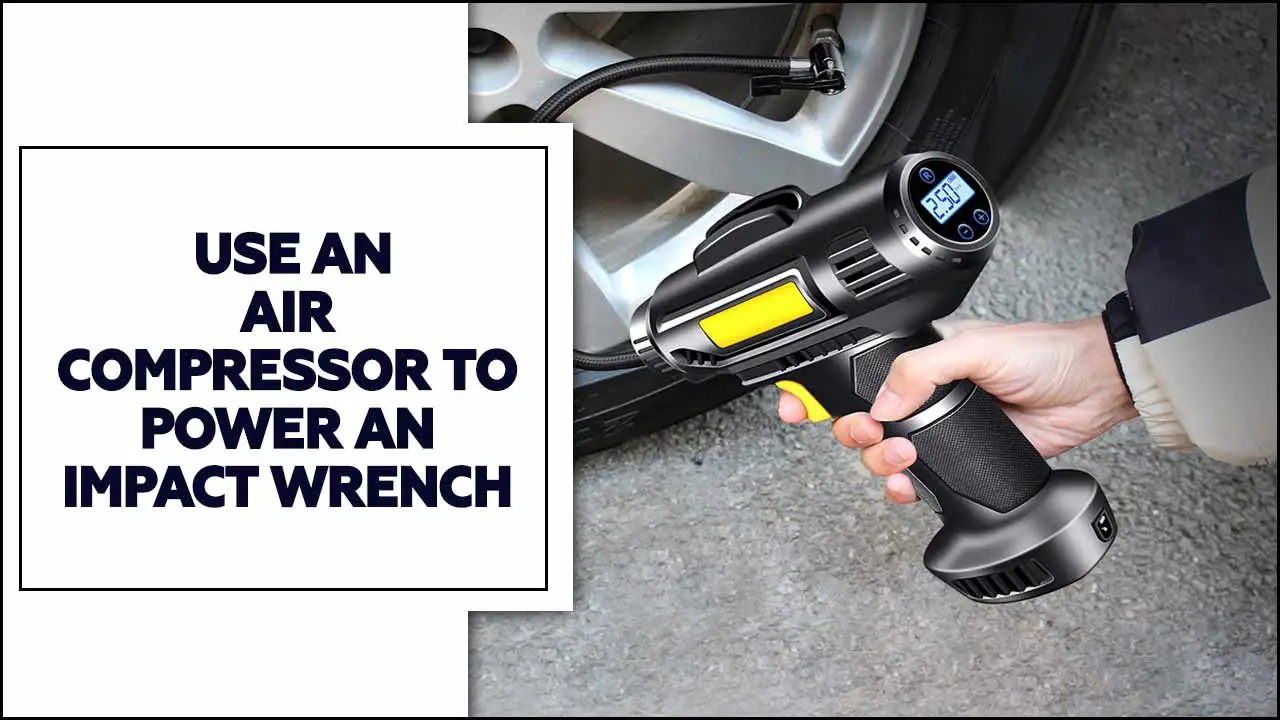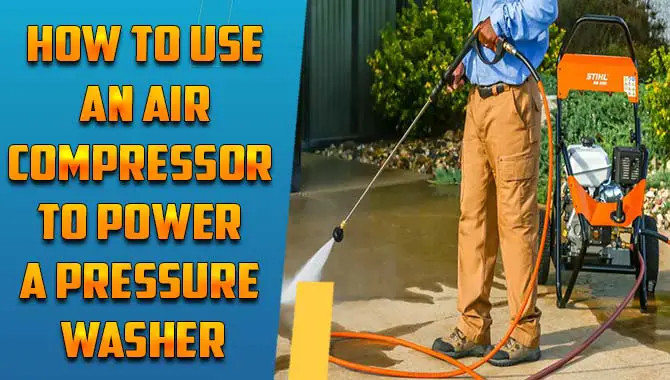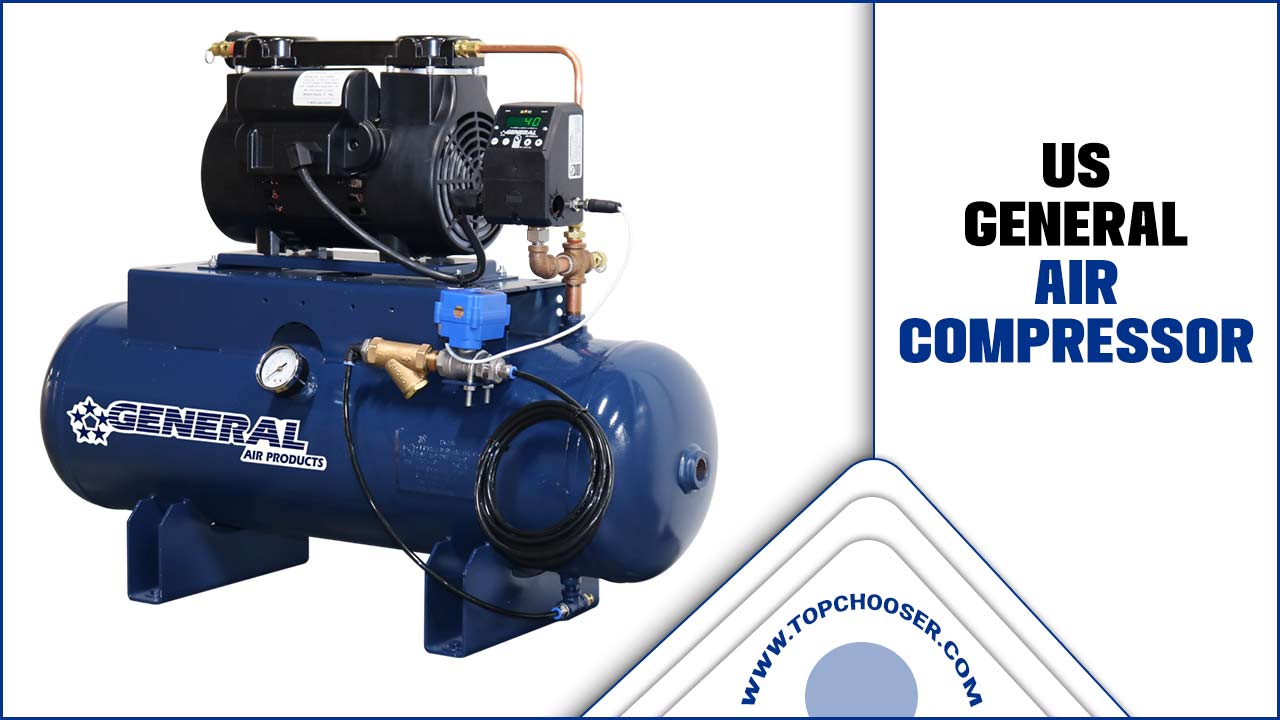Driving with underinflated tires can decrease fuel efficiency, compromise tire safety, and even damage the wheels. That’s why it’s essential to maintain proper tire pressure.
While most gas stations provide air pumps, owning an air compressor can save. You have time and money in the long run. Here we will walk you through easy methods how to use an air compressor to inflate tires.
From understanding your car’s characteristics to attaching the hose and nozzle, setting the PSI gauge, activating the compressor, and more. We will also cover common mistakes to avoid while using an air compressor. And share some tips on making the process faster and smoother.
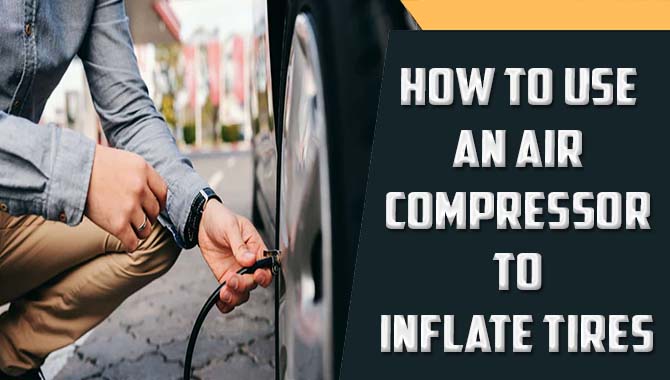
How To Use An Air Compressor To Inflate Tires: 5 Methods
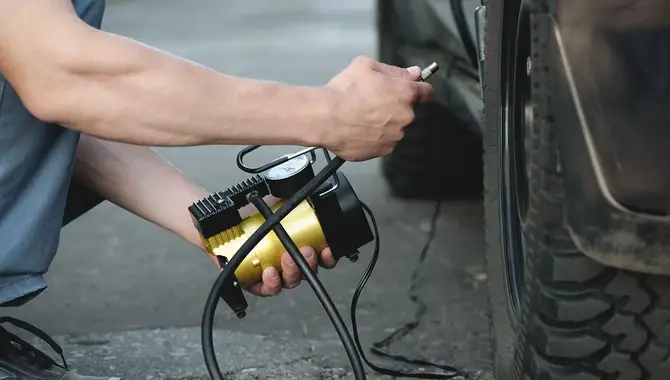
Air compressors can be a handy tool for inflating tires. Whether working on a car or just filling up your bike tires. Using an air compressor to inflate your tires is faster than a manual pump. But it can also provide more accurate tire pressure readings.
Using an air compressor to inflate tires can save you time and money. But it is important to do it correctly to avoid damaging your tires. Here are 5 methods on how to use an air compressor to inflate tires. Remember to always keep safety in mind by wearing ear protection and safety glasses while using an air compressor.
1. Understanding Your Car’s Characteristics
It is important to understand the recommended tire pressure. For your vehicle before using an air compressor to inflate your car’s tires. You can find this information in the owner’s manual or a sticker on the driver’s side door jamb.
To ensure the proper inflation of your tires, use an air compressor with a quality gauge. And check that you are filling them with enough air. Checking your tire pressure regularly is crucial for maintaining good performance and safety on the road.
2. Checking Tire Pressure And Valves
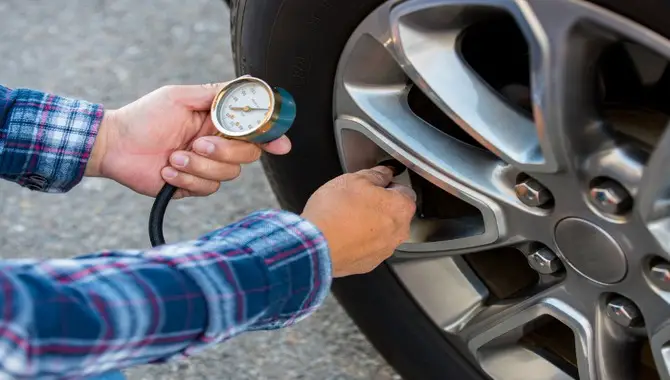
Inspect the recommended PSI for your car and tire type to check tire pressure and valves accurately. Afterwards, check for any damage or leaks in your valve stems before securely attaching your air compressor hose.
Begin filling slowly while keeping an eye on pressure levels using a quality gauge like a pressure gauge or a tire gauge to get an accurate reading. Ensure not to overinflate your tires since excess air can cause friction leading to flat tires or even underinflated tires, causing increased wear and tear.
3. Attaching The Hose And Nozzle
Follow these simple steps to attach your air compressor hose and nozzle properly. Begin by ensuring your compressor is unplugged and turned off. Next, use a wrench to fasten the hose to the outlet valve securely. Firmly push the tire chuck onto the valve stem before turning on the compressor.
Wait until you’ve reached your desired pressure reading with a quality gauge before turning everything off again. By following these steps carefully and using a recommended tire pressure gauge for accurate readings, you can avoid low tires or, even worse – a flat tire.
4. Setting The PSI Gauge
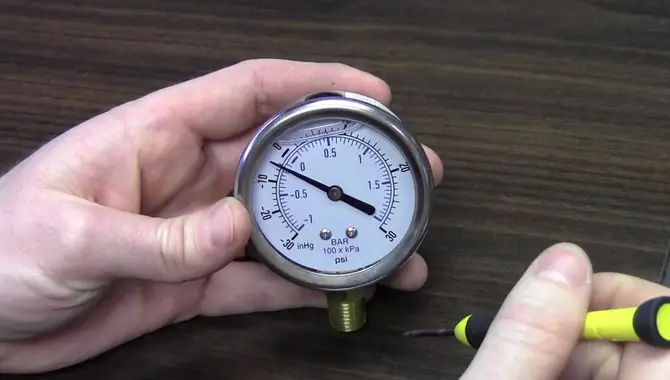
When inflating your car’s tires using an air compressor. Setting the correct PSI gauge for safe and optimal driving performance is essential. Begin by checking your vehicle’s recommended PSI levels, typically found in the owner’s manual or on a sticker on the driver’s side door jamb.
Next, attach the hose securely to your tire valve stem before turning on your air compressor. Using your quality gauge or pressure gauge, set your desired PSI level and wait as compressed air flows into your tire.
Regularly monitor your gauge until you reach your recommended pressure level, then safely disconnect and replace any caps or plugs that may have been removed during inflation.
5. Activating The Compressor
Properly activating the compressor is critical for inflating your car tires effectively. Before switching on the power source, begin by checking the connection between the compressor and tire valve.
Once powered on, ensure that you use a quality gauge to check for accurate readings of psi or pounds per square inch in your tires, adjusting as needed with an appropriate nozzle or coupler attached to an air hose.
Be sure not to overinflate your tires beyond what’s recommended in your owner’s manual or sticker on the driver’s side door jamb, as this could cause damage to your tires’ valve stem cap or even result in a flat tire.
Can An Air Compressor Be Used To Inflate Car Tires?
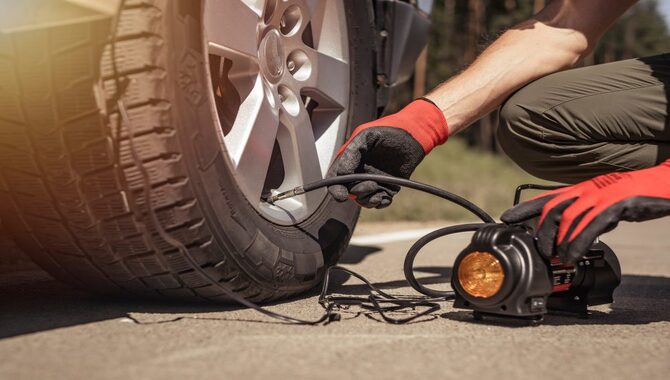
Yes, an air compressor can be used to inflate car tires. In fact, it’s a convenient and efficient way to ensure your tires are properly inflated for safe driving. Just follow the steps outlined above for setting the PSI gauge and activating the compressor to avoid any potential damage or accidents that could result from overinflating your tires.
With proper use, an air compressor can help you maintain optimal tire pressure for improved fuel efficiency, better handling, and increased safety on the road.
Common Mistakes To Avoid With An Air Compressor
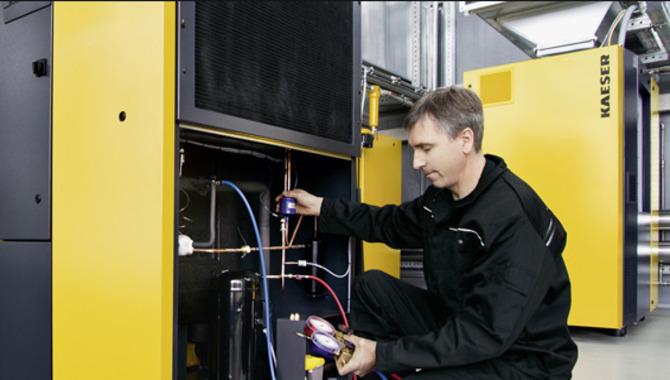
While inflating tires using an air compressor, it’s crucial to avoid common mistakes that can cause problems later on. The first mistake is overinflating the tires, leading to decreased handling and increased risk of a blowout. You should also check for leaks in your tire or valve stem before using an air compressor.
In addition, make sure you’re utilizing the right nozzle size and type for your tires to measure accurate readings of PSI on your pressure gauge. Lastly, never run your compressor continuously; it’s best to take at least one-minute breaks between each round of inflation.
Tips For Using An Air Compressor To Inflate Tires
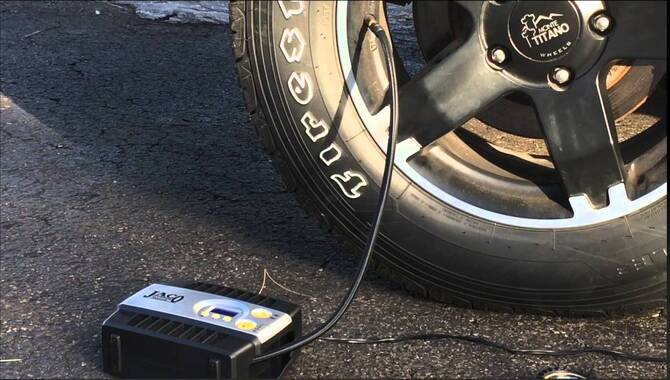
To ensure proper inflation when using an air compressor for your car’s tires, follow these tips: First, consult your owner’s manual or tire manufacturer sticker on the driver’s side door jamb to find the recommended pressure for your specific tires.
Next, disconnect the air compressor and attach an air hose to each tire valve stem, checking for leaks. Use a quality gauge to monitor psi levels throughout inflation, ensuring not exceeding the recommended pressure. Finally, inflate each tire in turn while checking for accurate readings.
Different Types Of Compressor Nozzles To Use
When inflating different types of tires like bike tires, car tires or truck tires with an air compressor, it is essential to use an appropriate nozzle size and type. Before turning on the air compressor, one should attach the selected nozzle tightly to avoid any leakages from a non-secure fit over the valve stem or stem cap.
It is also important to check PSI levels per manufacturer guidelines and set air pressure accordingly on compressors with quality gauges installed. While inflating, it’s best practice to constantly monitor pressure readings by using a compressed air tire chuck or a portable air compressor with a tire pressure gauge to avoid over-inflation or under-inflating beyond recommended limits.
How Often Should You Check Your Tire Pressure?
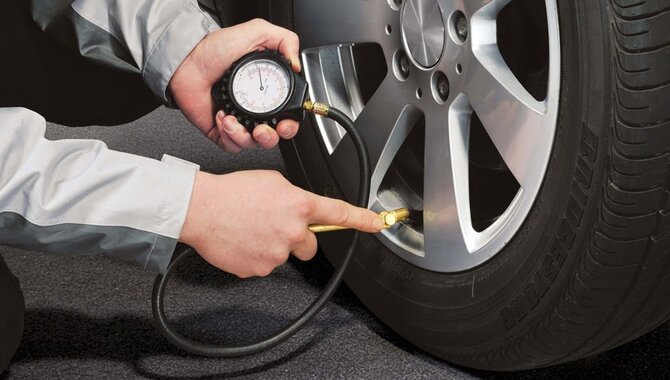
Regular tire pressure checks are important for maintaining proper tire health and ensuring safe driving conditions. It is recommended to check your tire pressure at least once a month, especially during extreme temperature changes or before embarking on long trips.
Additionally, it’s best to check the pressure when your tires are cold, meaning they have not been driven on for at least three hours or have travelled less than a mile at low speeds. By regularly monitoring your tire pressure, you can improve fuel efficiency, extend the life of your tires and enhance overall safety while driving.
Helpful Links And Additional Resources

To properly use an air compressor for inflating tires, start by checking the recommended pressure from your car’s manual or the tire manufacturer’s sticker, usually around 30-35 pounds per square inch (psi). Next, attach the appropriate nozzle to the valve stem of your car tire and connect it securely with an air hose.
Ensure not to overinflate by monitoring a pressure gauge with an accurate reading. After finishing inflating, make sure to store and maintain your air compressor properly for long-lasting use. Other equipment you may need includes a quality gauge, tire chuck, stem cap, coupler, a power outlet, and more which can be found on Amazon or at gas stations.
Conclusion
Using an air compressor to inflate tires is a quick and easy process that can save you time and money. With the right tools and safety precautions, you can easily inflate your tires to the proper PSI and keep them running smoothly for miles.
Always check your tire pressure regularly, adjust as needed, and never exceed the maximum PSI recommended by your tire manufacturer. Now that you know how to use an air compressor to inflate tires, you can save time and money by doing it yourself.
Just check your tire pressure regularly and follow the steps mentioned. Avoid common mistakes when using an air compressor, and always use the right nozzle for your tires.
Frequently Asked Questions
[rank_math_rich_snippet id=”s-d65bf79b-b971-4de7-a58a-8fe48792fe0e”]

I am passionate about home engineering. I specialize in designing, installing, and maintaining heating, ventilation, and air conditioning systems. My goal is to help people stay comfortable in their homes all year long.

